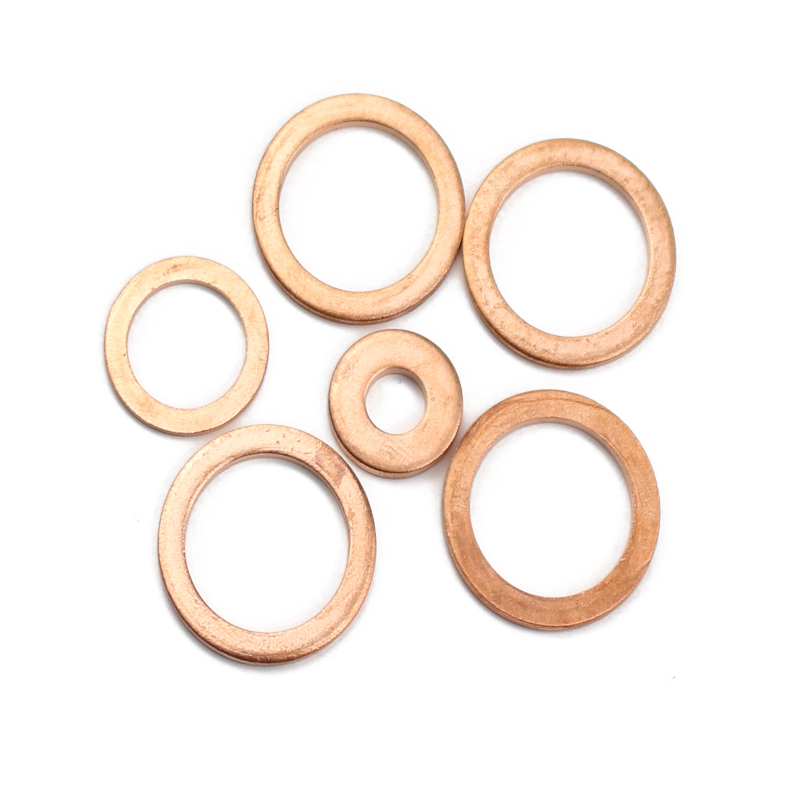Exploring Innovations in Car O-rings for Enhanced Performance and Durability
The Significance of O-Rings in Automotive Applications
O-rings are ubiquitous components in the automotive industry, serving vital roles in ensuring the reliability and functionality of various systems. These simple yet effective seals are used to prevent leaks and maintain pressure in numerous applications within vehicles. From engines to fuel systems, the reliability of O-rings can significantly impact a vehicle's performance and safety.
Understanding O-Rings
An O-ring is a toroidal ring made from various materials, typically elastomers, which can withstand a range of temperatures and pressures. The shape of the O-ring allows it to create a seal when compressed between two surfaces, effectively preventing the escape of fluids or gases. This simple design is the reason for its widespread use across many industries, particularly in automotive manufacturing.
Applications in Automotive Systems
1. Engine Seals One of the primary applications of O-rings is in engine components. They are often used in cylinder heads, oil pans, and gaskets where they prevent oil leaks and ensure that combustion gases do not escape. A well-functioning O-ring maintains the integrity of these vital components, contributing to the engine's efficiency.
2. Fuel Systems In fuel lines and injectors, O-rings play a crucial role in preventing leaks that could result in dangerous situations, including fires. By forming a tight seal, they help maintain the necessary pressure within the fuel system, ensuring optimal engine performance and efficiency.
3. Transmission Systems O-rings are commonly used in automatic and manual transmission systems. They help create seals in hydraulic circuits, preventing fluid leaks and maintaining the proper functioning of the transmission. A failure in an O-ring can lead to significant transmission problems, making their reliability paramount.
4. Cooling Systems The automotive cooling system relies on O-rings to prevent coolant leaks from hoses and radiator components. An effective seal is essential for maintaining optimal engine temperatures, which is critical for performance and longevity.
car o ring

5. Brake Systems In hydraulic brake systems, O-rings serve as seals to prevent fluid leaks that can compromise braking efficiency. A failure in this area can lead to brake failure, making it a crucial application where O-ring reliability is non-negotiable.
Material Selection and Performance
The performance of O-rings in automotive applications heavily depends on the materials used in their construction. Common materials include nitrile rubber, silicone, and fluorocarbon elastomers, each suitable for specific applications based on temperature and chemical compatibility. For instance, nitrile rubber is often used for its fuel resistance and durability, while silicone is favored for high-temperature applications.
The selection of the right material and size is critical, as a poorly sized or incompatible O-ring can lead to leaks, failures, and costly repairs. This is why automotive engineers invest time in testing and selection processes to ensure reliability.
Innovations and Future Trends
As the automotive industry evolves toward electric and hybrid vehicles, the role of O-rings will continue to adapt. With new technologies and materials, manufacturers are developing O-rings that can handle the unique challenges posed by electric vehicle systems, such as battery cooling and thermal management.
Moreover, advancements in manufacturing processes and digital technologies, such as 3D printing, may lead to more customized O-ring solutions that offer improved performance and longevity. Innovations in material science may also produce O-rings that withstand higher temperatures and more aggressive chemicals.
Conclusion
O-rings are small components with a significant impact on the automotive industry. Their ability to provide reliable seals in various applications—from engines to cooling systems—makes them indispensable for maintaining vehicle performance and safety. Understanding their functions and importance is crucial for automotive professionals and consumers alike. As technology advances, the development of even more effective O-ring solutions will play an essential role in shaping the future of automotive engineering.
-
The Ultimate Guide to Boat Propeller Bearings and Trailer Wheel Bearings
News Jul.31,2025
-
The Essential Guide to Marine Bearings and Boat Trailer Wheel Bearings
News Jul.31,2025
-
The Complete Guide to Heavy Duty Seals: Protecting Doors and Spaces Efficiently
News Jul.31,2025
-
Essential Guide to Marine Shaft Bearings and Boat Trailer Axle Bearings
News Jul.31,2025
-
Comprehensive Guide to Marine and Trailer Bearings for Safe Boating and Transport
News Jul.31,2025
-
Comprehensive Guide to Automotive Oil Seals: Protecting Your Engine and Shafts
News Jul.31,2025
-
Understanding Automotive Oil Seals: Essential Components for Engine and Shaft Protection
News Jul.30,2025
Products categories















